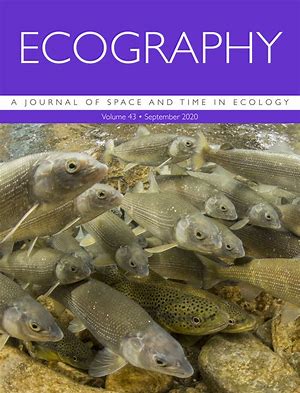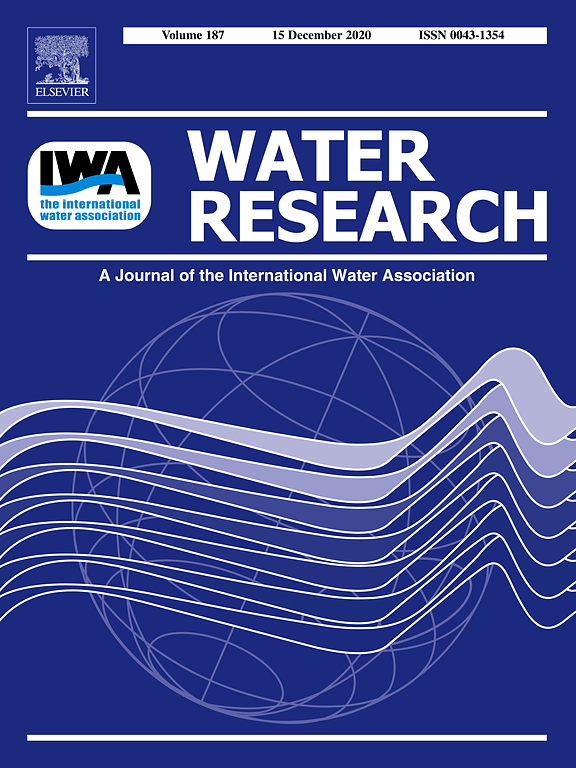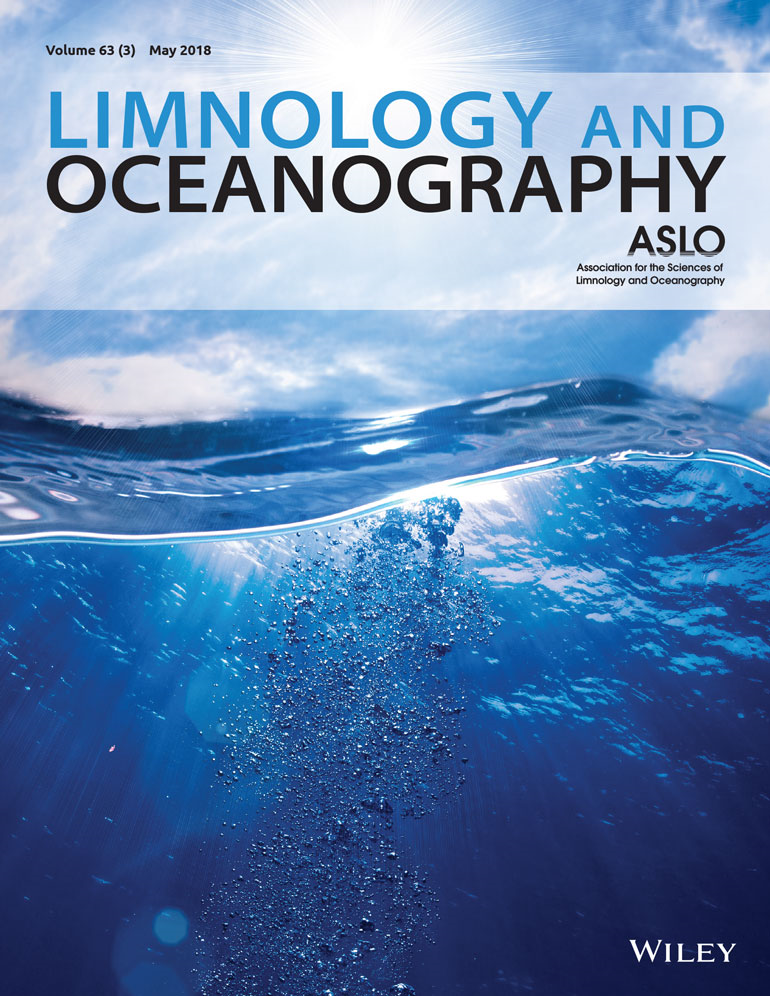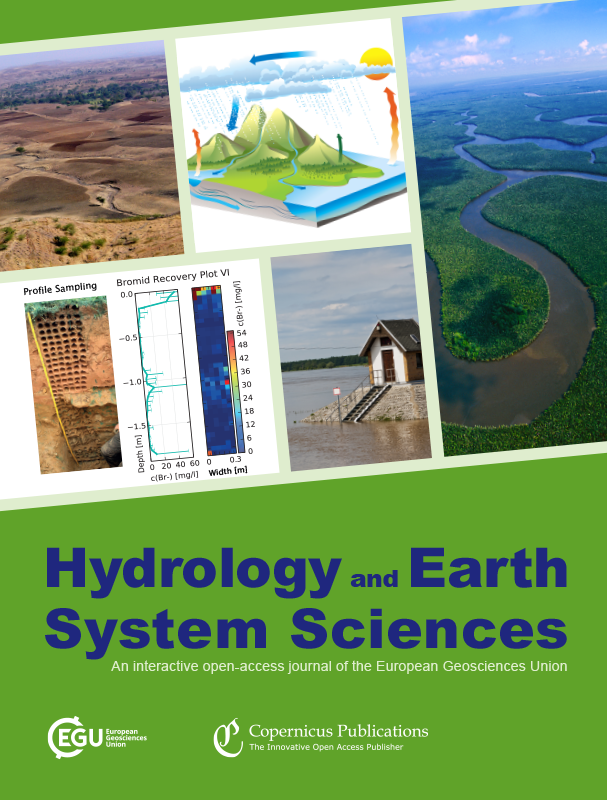What factors increase the vulnerability of native birds to the impacts of alien birds?
Alien birds can have severe impacts on native birds. The authors wanted to find out whether there are certain factors that make some native bird species more vulnerable to such impacts than others. They identified several factors that increase vulnerability, as well as specific orders of native birds that may require protection, and locations where impacts may be particularly damaging.
A bright spot analysis of inland recreational fisheries in the face of climate change: learning about adaptation from small successes
The review study highlights examples of “bright spots” to show that a positive future for inland recreational fisheries in the face of climate change is possible. The authors present potential strategies (e.g. community-based or transdisciplinary restoration projects, adaptive approaches to short-term fisheries interventions) to adapt to current and future climate scenarios.
Technological innovations in the recreational fishing sector: implications for fisheries management and policy
The authors have summarized how technical innovations can affect anglers, fisheries management and fish populations. They advise to increasingly study the effects of fishing innovations and adjusting management measures as necessary.
Disentangling the direct and indirect effects of agricultural runoff on freshwater ecosystems subject to global warming: a microcosm study
Microcosm experiments were performed to disentangle the direct and indirect effects of agricultural runoff (ARO) combined with warming on primary producers and their consumers in freshwaters. Negative effects of ARO on snail grazers affected the balance between functional groups of primary producers leading to a dominance of periphyton.The effect was enhanced when ARO arrived in multiple pulses.
Interspecific differences, plastic, and evolutionary responses to a heat wave in three co‐occurring Daphnia species
The authors describe how a heat wave influenced heat tolerance and life history traits in 3 coexisting Daphnia species. Pronounced trait changes resulted in a shift in the degree to which species’ traits differ from each other. A single heat wave will affect species in isolation but also how they interact, emphasizing the need for multi-species studies at the interface of ecology and evolution.
Quantifying the effects of land use and model scale on water partitioning and water ages using tracer-aided ecohydrological models
The authors used the IGB model EcH2O-iso with isotope tracers to quantify how different vegetation communities in lowland German catchments partition rainfall into evapotranspiration and groundwater recharge. This showed that forests account for greater water losses to the atmosphere and reduced recharge. Future losses under climate change can be optimised by species selection and management.
Co-evolution of xylem water and soil water stable isotopic composition in a northern mixed forest biome
The authors investigated the co-evolution of plant xylem water and soil water stable isotopic compositions in a northern mixed forest, Canada. They showed that differences in timing and intensity of water use between deciduous and coniferous trees may account for inter-specific variations in xylem water isotopic composition providing insight into how they may respond to hydroclimatic change.
Distance to native climatic niche margins explains establishment success of alien mammals
Using a dataset of 979 introductions of 173 mammal species worldwide, the authors investigated the hypothesis that the establishment success of alien species depends on the match between environmental conditions in the exotic and native range. The study results support this hypothesis. They are based on the Niche Margin Index, which is presented as a new analysis tool in the paper.
The use of Sentinel-2 for Chlorophyll-a spatial dynamics assessment: a comparative study on different lakes in Northern Germany
This study is an important step to establish the use of satellite imagery for inland water quality monitoring. By using in situ measurements of the algal pigment chlorophyll-a from small-sized lowland lakes in Northern Germany, we identified the best performing atmospheric correction and bio-optical algorithm to accurately estimate chlorophyll-a from Sentinel 2 satellite images.
Countergradient variation concealed adaptive responses to temperature increase in Daphnia from heated lakes
The authors investigated thermal adaptation of Daphnia from lakes that had been exposed to artificially elevated temperatures for six decades, in comparison to Daphnia that lived in control sites at ambient temperature. Daphnia from heated lakes evolved larger body size, which is contradictory to general expectations and theory. They suggest that large size is adaptive during active overwintering.








